by iStorage
Are you wondering “how long do snow tires last” in the midwest? You’ve come to the right place. Slick roads in the winter can be a nightmare. Unfortunately, winter drives are something most of us midwesterners know all too well. When it comes to vehicles in the snow, tires are obviously essential. So why aren’t more of us stocking up on snow tires? Unlike other countries, snow tires aren’t mandatory in the US. However, they’re proven to help drivers stay safe and save some money in the long run. So save yourself some dough, and ask the question, how long do snow tires last?
Many people are under the impression that snow tires don’t last as long as regular tires. While they require more care, you can get some life out of snow tires. Be sure to put on your snow tires as soon as the first snowfalls and take them off when spring hits. The average winter tires will last 3-4 seasons. We recommend storing your tires as the softer rubber will wear out fast during warm weather.
Michigan snows a LOT. Ann Arbor gets, on average, about 57 inches. The first snowfall in Michigan is generally in November, and the last is in April. Therefore, we recommend putting on snow tires in November and taking them off in April if you’re in Michigan.
If you’re from Minnesota, you’re well aware that it snows more than the rest of the midwestern states. Minnesota varies from 36 inches of snow in the southwest to 70 inches along Lake Superior. The first snow can happen in October, and the last snowfall is typically in April. Therefore, we recommend having your tires on October through April.
Illinois is quite a snowy place as well. The average annual snowfall exceeds 38 inches in Chicago alone. It tends to start snowing in Illinois from the end of October to mid-April. Make sure to put those bad boys on October through April.
The average annual snowfall exceeds 38 inches in Chicago alone. It tends to start snowing in Illinois from the end of October to mid-April. Make sure to put those bad boys on October through April.
Believe it or not, Kansas can be pretty rough in the winter too. The state-wide average snowfall comes out to about 19 inches per season. However, Kansas has a later winter. The first snowfall is typically in December and can last until March. We suggest that you use snow tires during these months in Kansas.
Columbus, OH, sees about 22 inches of snow a year. Its first snowfall is usually in November. October can get a light snow flurry, but that’s uncommon. The season’s last snowfall in most years happens in April. So use those tires from late October to April.
A misconception many people have is that 4-wheel drive vehicles don’t need snow tires. The truth is, 4-wheel drive helps control your tires but doesn’t help them to stop or turn in winter weather. Stopping is the most vital aspect to keep in mind. No amount of 4-wheel drive will help your vehicle stop faster on snow or ice. Regular tires don’t have the tread design to push snow or ice out of the way. They also aren’t flexible enough in low temperatures, and so don’t grip the road nearly as well.
Stopping is the most vital aspect to keep in mind. No amount of 4-wheel drive will help your vehicle stop faster on snow or ice. Regular tires don’t have the tread design to push snow or ice out of the way. They also aren’t flexible enough in low temperatures, and so don’t grip the road nearly as well.
One of the most significant stumbling blocks people have with snow tires is where to store them. The truth is, tires are rather large and take up a lot of space. When you consider that the average American home has three cars, that’s 12 extra tires to store. That’s why so many people use iStorage to store their snow tires every year.
iStorage has locations all over, including Michigan, Illinois, Minnesota, Ohio, and Kansas. Our facilities are clean and secure. Even better, we only use month-to-month leases on our storage units. That means you’ll never be in a long-term contract.
If the question is, “how long do snow tires last,” you can bet that they’ll last longer if they’re stored correctly. Of course, you can store anything you like in a storage unit from iStorage. We can even store your RV, boat, or truck. If you have any questions, you can chat with one of our friendly managers online. Until then, be safe out there on the roads this winter.
Of course, you can store anything you like in a storage unit from iStorage. We can even store your RV, boat, or truck. If you have any questions, you can chat with one of our friendly managers online. Until then, be safe out there on the roads this winter.
If you recently bought a new set of winter tires, or your winter tires are a few years old, other than safety, your biggest concern is probably how long will these tires last. Knowing how to get the most mileage out of your winter tires will save you money while keeping you safe no matter how tough the winter weather becomes.
While there’s no set “life expectancy” for snow tires, many tire manufacturers estimate that you should get four seasons of wear from a set of winter tires. Tread wear on winter tires will depend heavily on how many miles you drive each month, and whether those miles are primarily on snow or ice covered roads, or if you routinely have a mix of snow and frozen dry roads.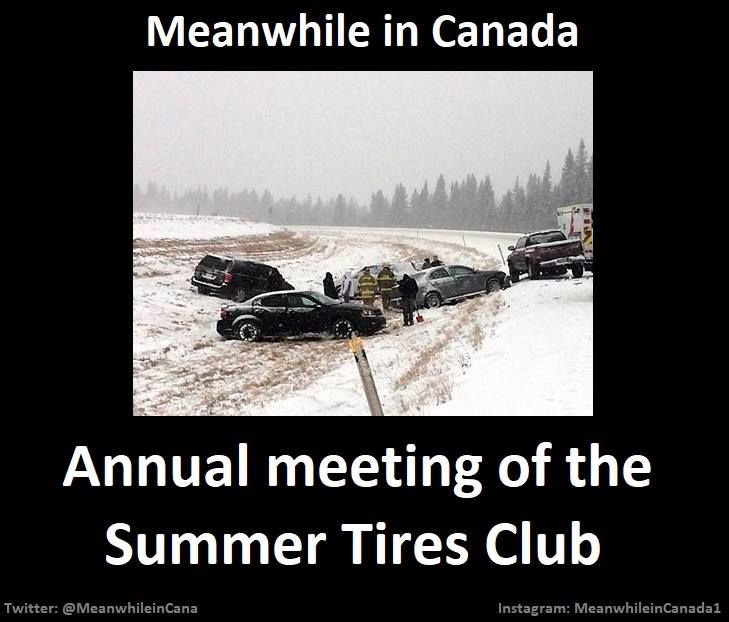 The tread will wear more quickly if the tire is running on freezing road surfaces than if they are on snow for most of the season. Low mileage drivers will get much longer use out of their winter tires than drivers who have both long winters and drive long distances. The lifespan of your tire will also be directly related to the original quality of the tire, and the level of care they’re given.
The tread will wear more quickly if the tire is running on freezing road surfaces than if they are on snow for most of the season. Low mileage drivers will get much longer use out of their winter tires than drivers who have both long winters and drive long distances. The lifespan of your tire will also be directly related to the original quality of the tire, and the level of care they’re given.
Storage
You should change out your winter tires for your summer, or all season tires when temperatures are regularly above 42 degrees.
Leaving winter tires on when temperatures get warmer will increase wear since the compounds that allow a winter tire to stay flexible in freezing temps also wear faster on warm roads.
High heat, freezing temperatures and exposure to light are the biggest contributors to any tire’s aging process. We recommend storing your tires indoors, where they are protected from temperature fluctuations. Be sure to clean the tires thoroughly and ensure they are dry. An airtight tire storage bag, is best and believe it or not, heavy duty black trash bags can be a good tire storage solution. Remove as much air possible from the bag and securely close the bag. Ideally, your tires are cool and dry while being stored, so avoid storing tires near a water heater, or radiator.
Be sure to clean the tires thoroughly and ensure they are dry. An airtight tire storage bag, is best and believe it or not, heavy duty black trash bags can be a good tire storage solution. Remove as much air possible from the bag and securely close the bag. Ideally, your tires are cool and dry while being stored, so avoid storing tires near a water heater, or radiator.
Age and tread wear will eventually be the indicators of when it’s time to begin shopping for a set of new winter tires. Unlike an all season or summer tire, winter tires need to have a much deeper tread to be effective and safe.
The first thing you should do when pulling out your winter tires for the first time each season is check tread depth. If your tires have a tread depth of 5/32 or lower, it’s time for a new set.
See Prices
There will not be enough tread remaining to get you through the winter. Winter tire tread patterns and siping are designed to bite into and evacuate snow and slush so that extra tread depth will provide your best traction on the road.
If you don’t have a tire tread gauge handy, most modern snow tires have built in wear indicators. Usually, they’re molded into the bottom of a tire’s tread grooves and indicate that a tire needs to be replaced when the indicator is flush with the adjacent ribs.
You should also always check your tires for visible damage that may indicate that it’s time for a new set. Keep an eye out for deep cracks in the rubber, sidewall damage and replace all four tires if you find significant damage.
Tires-Easy has been a trusted supplier of quality, new tires online to customers since 2004. We pride ourselves in having the best selection of quality new tires and an extensive knowledge center to aid our customers in the tire buying process. Check out our selection of winter tires and stay safe on the road this winter! Finding your tires just got easier at tires-easy.com.
Create an account for free on Tires-Easy.com and check out the discounted prices on a great selection of tires.
Sign Up
Reading 5 min. Views 46.5k. Posted by Updated
Winter tires are softer than summer tires, therefore, they wear out much faster. So what is the lifespan of winter tires? How to buy good studded tires in the secondary market and not regret it? Let's take a closer look at this important topic for motorists.
Content
All car tires are made from a rubber compound and are therefore subject to gradual wear.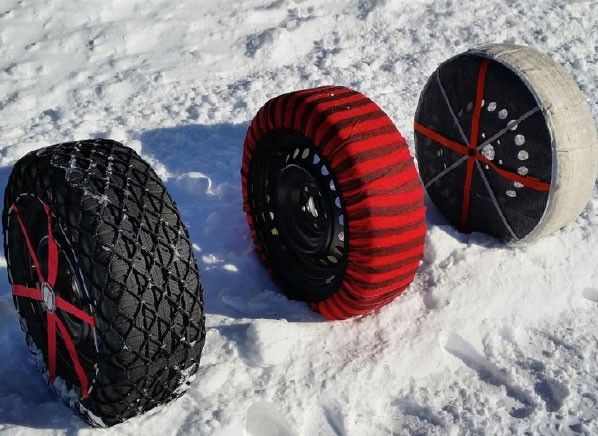 The degree of wear is influenced by many factors. But there are standards that allow you to determine
The degree of wear is influenced by many factors. But there are standards that allow you to determine
According to Russian GOST 4754-97, a warranty period of 5 years from the date of manufacture is established for pneumatic tires for passenger cars. For off-road tires, this expiration date according to GOST has been increased to 10 years.
If your tires are older than 5 years, have them thoroughly inspected before use.
The use of rubber older than 8 years from the date of manufacture is very dangerous. During such a period, the rubber product becomes inelastic, and the grip of your passenger car with the road on these tires will be extremely low.
Finding out the age of a tire is easy, just look at the marking on its side. The year of manufacture is the 3rd and 4th digits of the code, while the 1st and 2nd indicate the week of production. From this date, count the expiration date of rubber according to GOST.
From this date, count the expiration date of rubber according to GOST.
There are 2 types of winter tires:
Each of them has its own advantages and disadvantages.
studded tires are safer on snow. They are not afraid of severe frosts . They show good grip on roads covered with ice and sleet, which shortens the braking distance. When driving on wet asphalt, the result is worse than Velcro. By The disadvantages of studded tires include heavy weight, high noise levels, quick wear and increased fuel consumption.
Velcro tires are made from soft rubber that can withstand low temperatures. This ensures perfect traction with the road surface, or “sticking”. Velcro is ideal for mild climates (not below 0°C) and city driving. For driving on ice and snow are not suitable for , the braking distance is longer than for tires with spikes.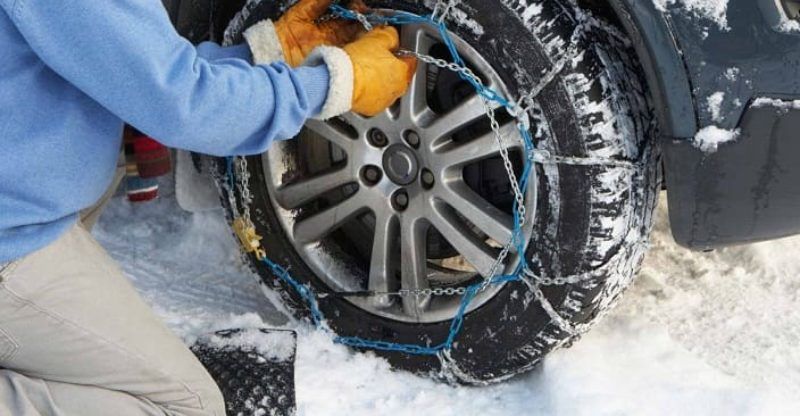 The service life of Velcro winter tires is longer than studded.
The service life of Velcro winter tires is longer than studded.
Velcro winter tires always last longer than studded tires. But such tires are not suitable for the Russian winter.
When asked about tire life, Nokian replied: “The recommended tire life is six years and the recommended maximum is 10 years.” They also advised to pay more attention to checking their technical condition, rather than the date of production.
The wear and tear of car tires is affected by many factors : country of manufacture, mileage, operating and storage conditions.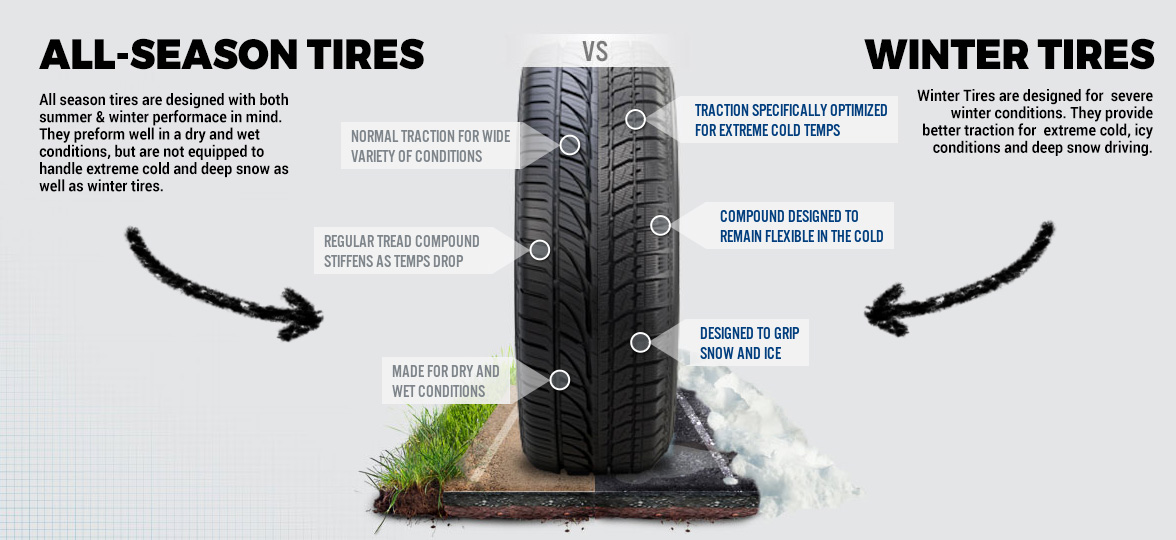 We list the main ones.
We list the main ones.
Store rubber in a cool, dark and dry place. Excessive temperature, humidity and sun are detrimental to rubber products. Tires on rims should be stacked for storage and empty tires stacked vertically side by side.
Regularly check the pressure in the tires - low values adversely affect the life. Also do not pump tires, when using the pump, be sure to check the result with a pressure gauge. For the winter period, the pressure is 0.2 bar higher.
Reduced tire pressure by 2 bar increases the braking distance by 1.5 times.
Refer to the following table for the correct values.
For the long life of car tires and their minimum wear, you should follow the rules:
 So you will extend the life of studded tires by 40%, compared to driving at speeds over 120 km per hour.
So you will extend the life of studded tires by 40%, compared to driving at speeds over 120 km per hour. Another danger for tires is the imbalance of the wheels of a car. This also increases the wear rate of the rubber. When changing tires from winter to summer and vice versa, be sure to balance the wheels.
Also, due to the imbalance of the toe, the car loses control, it pulls to the side, which can lead to an accident. To avoid such problems, adjust the wheel alignment in a car service in time.
To avoid such problems, adjust the wheel alignment in a car service in time.
The operation of summer tires becomes dangerous if the residual tread height is less than 1.6 mm. For winter tires, the norms are stricter - the tread cannot be less than 4 mm. In these cases, the rubber should be replaced. Also on Nokian and BridgeStone there are indicators in the form of numbers or snowflakes that will help you determine wear in time.
In our harsh winter climate, many people prefer studded tires. It should be inspected for the presence and condition of the spikes. Insufficient amounts prevent the tire from gripping the snow or ice-covered surface. Manufacturers say that without counting 40% of the studs, the tire loses its qualities.
All brands
Many factors influence the answer. We took them into account and prepared a cheat sheet for all occasions.
Related materials
7 rubber signals: what the tire says about car problems
How do you know when tires are completely worn out and it's time to change them? Everything is simple.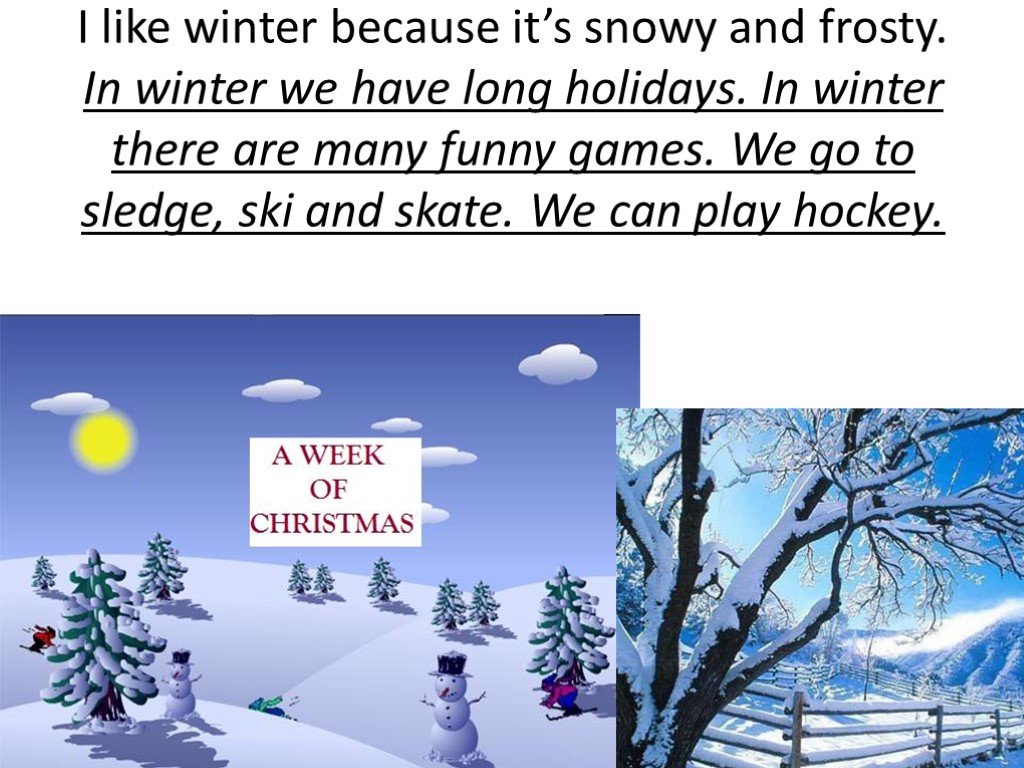 For summer tires, the limit is 1.6 mm of residual tread depth, and for winter (or all-season tires used in winter) - 4 mm. Modern summer tires can travel from 40,000 to 70,000 km, depending on driving style and vehicle characteristics. An average motorist rolls such a mileage on summer tires in 2-3 seasons. Moreover, wear implies not only a decrease in tread depth. For millions of cycles of deformation, the strength of the carcass and its adhesion to the layers of the rubber compound are violated. In short, every 2-3 years you should buy a new set of tires.
For summer tires, the limit is 1.6 mm of residual tread depth, and for winter (or all-season tires used in winter) - 4 mm. Modern summer tires can travel from 40,000 to 70,000 km, depending on driving style and vehicle characteristics. An average motorist rolls such a mileage on summer tires in 2-3 seasons. Moreover, wear implies not only a decrease in tread depth. For millions of cycles of deformation, the strength of the carcass and its adhesion to the layers of the rubber compound are violated. In short, every 2-3 years you should buy a new set of tires.
In case of irreparable damage to one of the tires and a relatively high total mileage of the kit, it is also worth considering replacing it. Well, or about buying at least a pair of new tires, which, for any type of drive, should be installed on the front axle. We put two tires back - the most decent of the remaining ones.
Many motorists drive only a few thousand kilometers a year.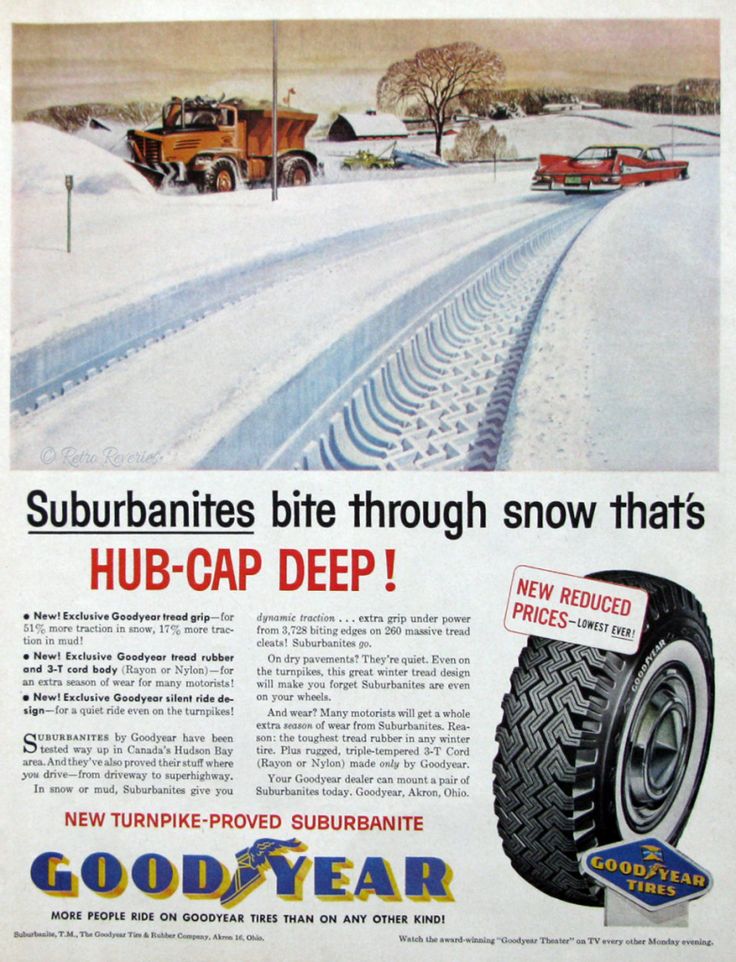 This does not mean that the tires will serve you for several decades. According to Russian requirements (GOST 4754-97), the service life of passenger car tires is 5 years from the date of manufacture. And for example, Continental recommends that all car tires (including the spare tire) older than 10 years old should be replaced with new ones. Therefore, with small runs, you can navigate for ten years. The date of manufacture of the tire is indicated on the sidewall. Usually it is an oval with four numbers. The first two are the ordinal number of the week in the year, the last two indicate the year.
This does not mean that the tires will serve you for several decades. According to Russian requirements (GOST 4754-97), the service life of passenger car tires is 5 years from the date of manufacture. And for example, Continental recommends that all car tires (including the spare tire) older than 10 years old should be replaced with new ones. Therefore, with small runs, you can navigate for ten years. The date of manufacture of the tire is indicated on the sidewall. Usually it is an oval with four numbers. The first two are the ordinal number of the week in the year, the last two indicate the year.
Related materials
How to change the car yourself - detailed instructions
Tires should be rotated periodically in accordance with the vehicle manufacturer's recommendations - information on this can be found in the owner's manual.
We can advise you to carefully use the tires and, most importantly, to store them correctly in the off-season.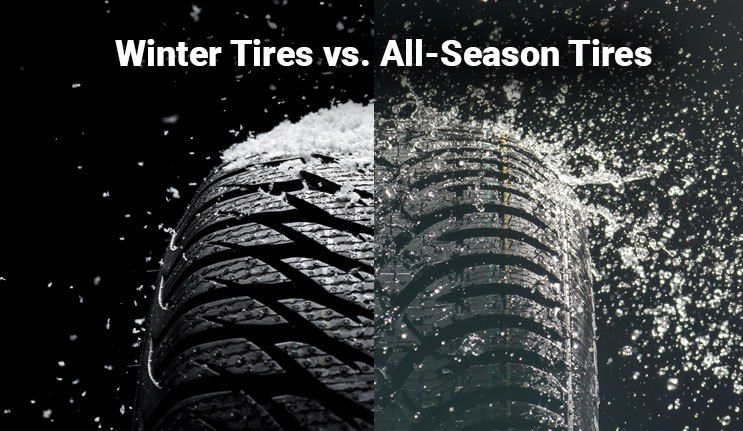 First of all, during storage, it is important to exclude direct sunlight from hitting the tires, which greatly age the rubber. Tires without rims should be placed vertically, and stacked on rims.
First of all, during storage, it is important to exclude direct sunlight from hitting the tires, which greatly age the rubber. Tires without rims should be placed vertically, and stacked on rims.
And before installing tires on a car at the beginning of the season, evaluate their condition. There should be no cracks in the tread and sidewalls. The tire should not be dry, it should remain rubbery and not look like baked plastic.
Related materials
Driving on badly worn tires - will I be fined or not?
Winter tires have a much shorter life span. They almost always fail due to the wear of the treadmill, because the tread of a new tire is 7–8 mm, and only 3–4 mm remain working height. If the tires are studded, then with such wear there are very few metal elements left, and the tire will not provide adequate safety when driving on a winter road. However, not only spikes, but also Velcro, with such a degree of wear, also lose most of their capabilities.